I recently got a new septic system installed. It's a Presby/mound system whereas our old system was gravity fed to a single tank with fingers. The mound system has a pump tank and the tank is wired on a 120V 20A circuit from the main panel.
Naturally, my concern is: if that circuit loses power (for any reason), how many days will it be until I notice? During this downtime, our septic pump will not be running, and I don't want to imagine what that would look (or smell) like!
Is there an easy way to detect if that line voltage drops out AND then switch on a battery-powered indicator light? Apparently, I need a relay, but the single/double "poles and throws" part doesn't make any sense to me.
I'd like to get something like this that I can easily wire in. Most of the relays I find online are the size of automotive ones, and I can't work with that on residential wiring and boxes.
I'm picturing it like this:

